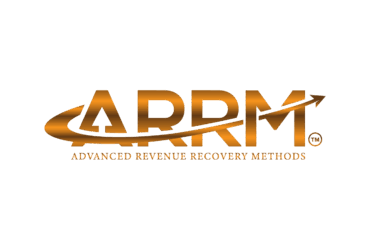
ARRM is not just another at-risk revenue tool. It’s a compliance-driven recovery model designed to help hospitals connect patients to programs:
- Maximize cash recovery on self-pay accounts.
- Protect tax benefits tied to uncompensated care.
- Demonstrate alignment with IRS Section 501(r) and state charity care laws.
By embedding compliance into every step of the recovery process, ARRM delivers value on multiple fronts…a quality that is especially critical in times of uncertainty.
The Dual Advantage of ARRM
- Protecting Tax Status and Community Benefits
For nonprofit hospitals, ARRM ensures that reasonable efforts are documented and that patients are screened for Medicaid, disability, hospital financial assistance, and other programs before any collection activity. This program establishes a strong compliance record, safeguarding tax-exempt status while ensuring billions in community benefit reporting.
For for-profit hospitals, ARRM helps balance revenue recovery with the preservation of tax offsets tied to charity care, ensuring compliance without leaving money on the table.
- Balancing Charity and Cash Recovery
Without ARRM, hospitals often face a lose-lose scenario:
- Write off too much to charity (losing cash)
- Or push collections without screening (risking compliance)
With ARRM:
- Patients who qualify are routed to assistance programs.
- Patients with the ability to pay are engaged through data-driven outreach.
The outcome? Hospitals maximize their potential to recover revenue while preserving the tax value of charity care write-offs.
- Turning Uncompensated Care Into a Dual Win
Uncompensated care is one of the biggest risks hospitals face — but it doesn’t have to be a pure loss. With ARRM, even a modest recovery on self-pay accounts can translate into hundreds of millions of dollars in new revenue system-wide. At the same time, the remaining balances continue to count toward charity care, protecting tax benefits and regulatory compliance.
ARRM transforms what has historically been a financial vulnerability into a strategic advantage.
Why ARRM Matters Now
Hospitals are under increasing pressure from regulators, payers, and their own boards to do more with less. Uncertainty is the new normal. In this environment, ARRM offers:
- Financial resilience: By unlocking new revenue from self-pay.
- Compliance assurance: By embedding 501(r) and state-level requirements into workflows.
- Tax protection: By preserving the full value of uncompensated care for both nonprofit and for-profit hospitals.
The Bottom Line
ARRM is not just about revenue recovery; it’s about revenue integrity. It helps hospitals weather uncertainty by strengthening both sides of the equation: cash collected today and tax protections preserved for tomorrow.
In a healthcare world where change is constant, ARRM provides stability, balance, and measurable results.

Leave A Comment
You must be logged in to post a comment.